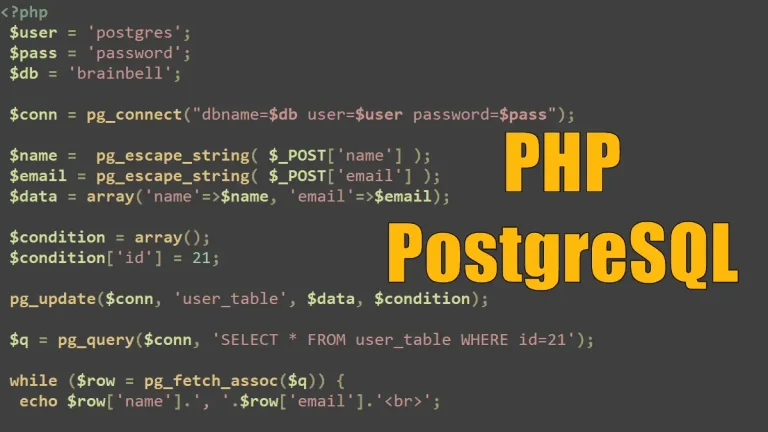Introduction
Building secure and robust Node.js applications requires adherence to best practices and a keen focus on security considerations. In this article, we’ll explore key aspects such as code organization, error handling, and securing applications to ensure the development of reliable and secure Node.js projects.
1. Code Organization
1.1 Modularization:
Organize your code into modular components, each responsible for a specific functionality. Use the CommonJS module system or ECMAScript modules (ESM) to promote reusability and maintainability.
1.2 Folder Structure:
Adopt a well-defined folder structure to enhance code readability. Common conventions include separating application logic, configuration files, routes, and middleware.
Example folder structure:
- src - controllers - models - routes - middleware - config - tests - public
2. Error Handling
2.1 Centralized Error Handling:
Implement a centralized error-handling mechanism to catch and handle errors consistently across your application. Use middleware or error handlers to manage errors effectively.
Example middleware:
// errorMiddleware.js
const errorHandler = (err, req, res, next) => {
console.error(err.stack);
res.status(500).send('Something went wrong!');
};
module.exports = errorHandler;2.2 Custom Error Classes:
Create custom error classes to differentiate between different types of errors. This helps in providing meaningful error messages and simplifies error identification and resolution.
Example custom error class:
// CustomError.js
class CustomError extends Error {
constructor(message, statusCode) {
super(message);
this.name = 'CustomError';
this.statusCode = statusCode || 500;
Error.captureStackTrace(this, this.constructor);
}
}
module.exports = CustomError;3. Security Considerations
3.1 Data Validation and Sanitization:
Validate and sanitize user inputs to prevent injection attacks and ensure data integrity. Use libraries like validator for input validation and DOMPurify for sanitizing user-generated content.
const validator = require('validator');
const validateUserInput = (input) => {
if (!validator.isEmail(input.email)) {
throw new CustomError('Invalid email address', 400);
}
// Additional validations
};
module.exports = validateUserInput;3.2 Authentication and Authorization:
Implement secure authentication using strong password hashing (e.g., bcrypt) and token-based authentication (JWT). Enforce proper authorization mechanisms to control access to different parts of your application.
const bcrypt = require('bcrypt');
const hashPassword = async (password) => {
const saltRounds = 10;
const hashedPassword = await bcrypt.hash(password, saltRounds);
return hashedPassword;
};
const comparePasswords = async (inputPassword, hashedPassword) => {
const isMatch = await bcrypt.compare(inputPassword, hashedPassword);
return isMatch;
};
module.exports = { hashPassword, comparePasswords };3.3 HTTPS and Secure Headers:
Always use HTTPS to encrypt data in transit. Set secure headers (e.g., HSTS, Content Security Policy) to mitigate various types of attacks such as man-in-the-middle and cross-site scripting (XSS).
Example using the helmet middleware:
const helmet = require('helmet');
app.use(helmet());3.4 Dependency Scanning:
Regularly scan and update dependencies to patch security vulnerabilities. Use tools like npm audit or integrate with services like Snyk to identify and fix vulnerable dependencies.
npm audit
4. Conclusion
Adhering to best practices and considering security from the early stages of development is crucial for building robust and secure Node.js applications. Code organization, error handling strategies, and security measures, including data validation, authentication, and HTTPS usage, contribute to the overall resilience of your applications.
Continuously stay informed about emerging security threats and updates in the Node.js ecosystem to ensure that your applications remain secure throughout their lifecycle. By integrating these best practices and security considerations, you can build Node.js applications that not only deliver excellent functionality but also provide a strong defense against potential security risks.


















